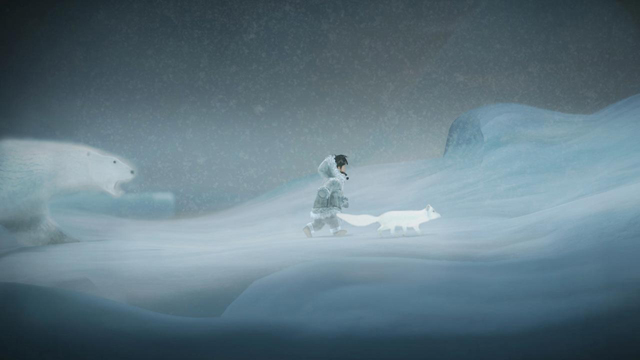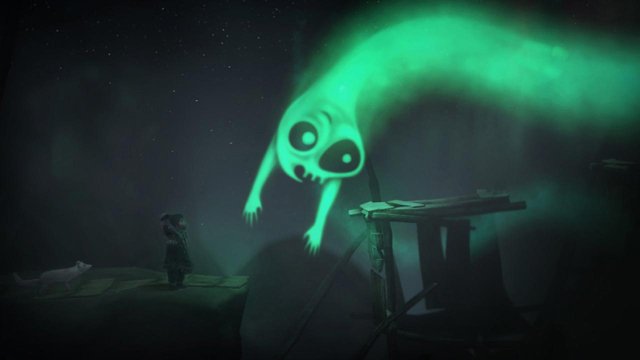A refreshing trip to Alaska.
I can’t think of many games that demonstrate interest in maintaining cultural storytelling. Yes, many games do tell stories, but they are not necessarily unique to one culture or tradition. Of games I’ve played, Okami and El Shaddai: Ascension of the Metatron come close to the attempt. But Never Alone, from Upper One Games and E-Line Media, is the video game equivalent of an oral tradition turned digital. Although the overall package is simple, its significance cannot be understated.
The entire narrative is wrapped up in the stories of the Alaskan Native Iñupiat people, of which 40 community members were consulted in weaving this tale. Nuna, a young Iñupiat girl, leaves her village to find the source of a terrible blizzard which has scared away the caribou and made other forms of gathering impossible. After being chased by a polar bear, she is joined by a spry white fox, and together, they tackle this puzzle platforming adventure.
The story itself is not notably deep. Nuna will confront unique characters, such as the Little People, helper spirits, the Manslayer, and others in a linear tale that generally goes from left to right. This is not to suggest that there is any lack of richness. Like Okami, each character and encounter was not just created for this game; rather, they are part of old stories, which explain the Iñupiat’s relationships with the land and the animals and the unexplainable, such as the source of the Aurora Borealis.
Every curio and oddity is expounded upon in Insights, short video documentaries which the player unlocks by crossing the paths of owls in the game. Rather than tuck these away in the main menu to peruse after playing, Never Alone puts them front and center, a button away, and the player is reminded to watch them during loading scenes. I actually did use these moments to view them, and the experience was invaluable. It was similar to actually hearing a story being told and interrupting the speaker to ask, “Well, what’s that?” So while the story is straightforward, you have an opportunity to learn so much about these people, something no previous game I’ve played ever afforded me.
Both Nuna and the fox are controlled by the player by switching between the two when necessary. Nuna can climb ladders and ropes, drag and push objects, and throw her bola to break ice and other structures. The fox can slip into small spaces, scurry up walls, and interact with spirits, who act as platforms for Nuna.
The controls never become too complex, though sometimes they don’t perform as desired. For example, if Nuna needs to reach a platform behind her, the player needs to turn her before jumping or she’ll do an awkward backwards jump that never proves useful. Also, the bola is aimed with the right stick on a controller, but instead of letting go to fling it, one must flick the stick the other way, which leads to aiming issues. Rarely did this impede progress severely, but it made enough of an impact to lead to some unintentional deaths. To the game’s credit, checkpoints were fairly frequent to mitigate these issues.
All the visuals and music are beautiful, including the Insights. It’s rather amusing playing a game that is one giant snow/ice level, but that doesn’t mean the environments were lazy in the least. Each level has unique elements to it which ties into the gameplay, such as spirits that descend from the Northern Lights to kidnap your characters or possessed forests with trees that move and bend at the fox’s command. Although some of these mechanics are not new in spirit to gaming, they are refreshed by the lore behind them. You don’t do anything because video games. It all feels deliberate.
My heart felt good once I completed Never Alone after roughly 3 hours. Despite how straightforward the story is, the larger narrative and the way it ties into generations of storytelling tradition for the Iñupiat people is paramount. I found myself getting emotional as the interviewees spoke of how climate change has impacted their way of life more than anything that happened while playing, but the story is not meant to make you weepy either. Actually, as one Iñupiat member put it, this isn’t a story about a hero, just someone honoring her commitment to her community and way of life. Addressing that idea through a largely unfamiliar fiction is a refreshing way to remind us to be thankful for what we have.
-
Simple but culturally unique story
-
Insights go a long way towards enriching the main game
-
Sometimes wonky controls lead to accidental deaths
-
Short
Never Alone
-
Never Alone #1
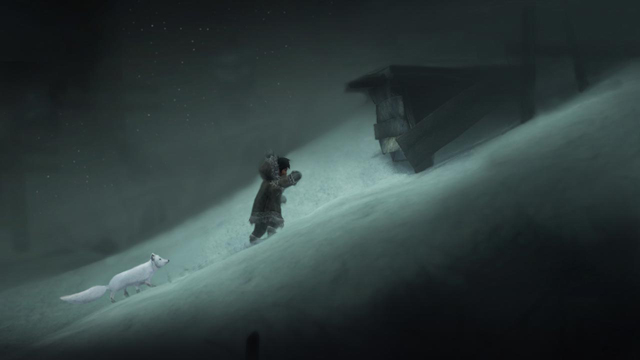
-
Never Alone #2
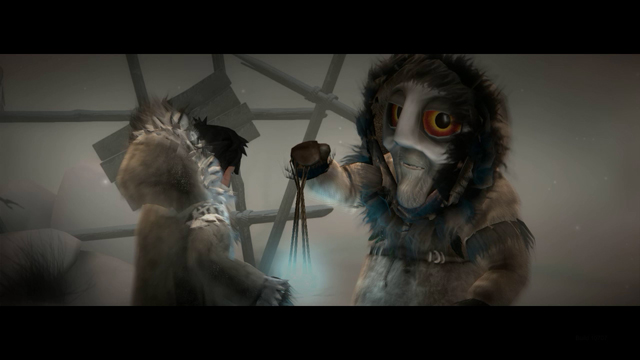
-
Never Alone #3
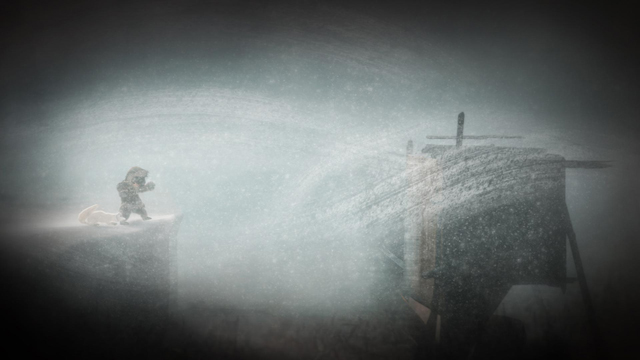
-
Never Alone #4
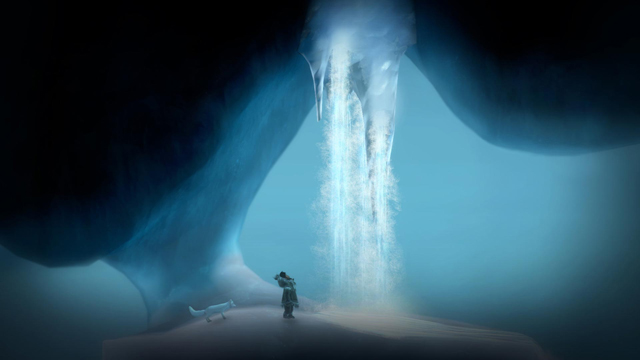
-
Never Alone #5

-
Never Alone #6
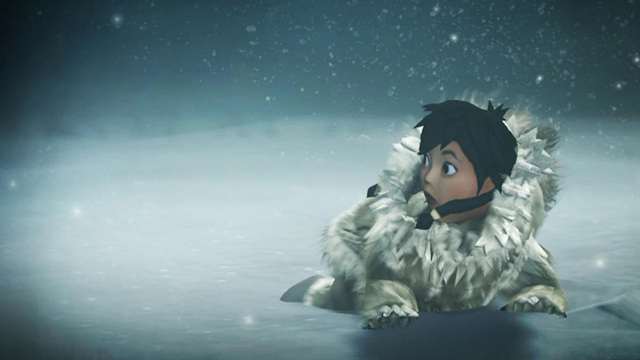
-
Never Alone #7

-
Never Alone #8
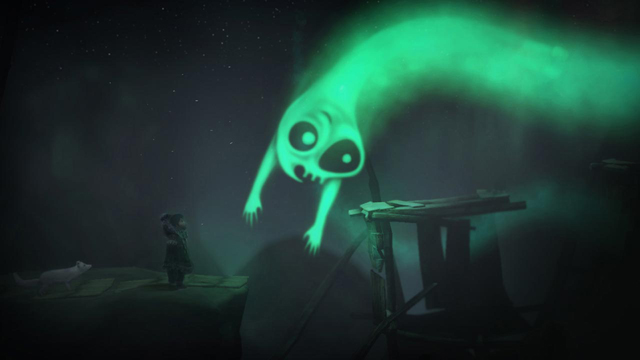
-
Never Alone #9
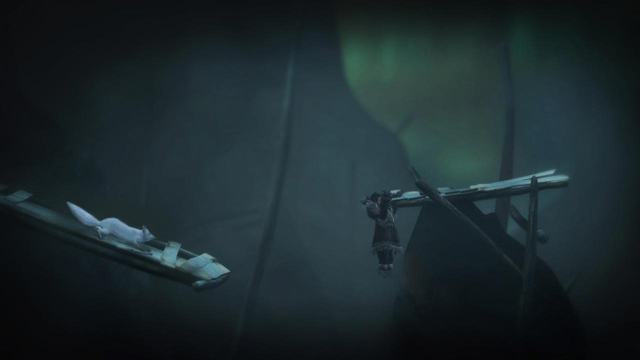
-
Never Alone #10
